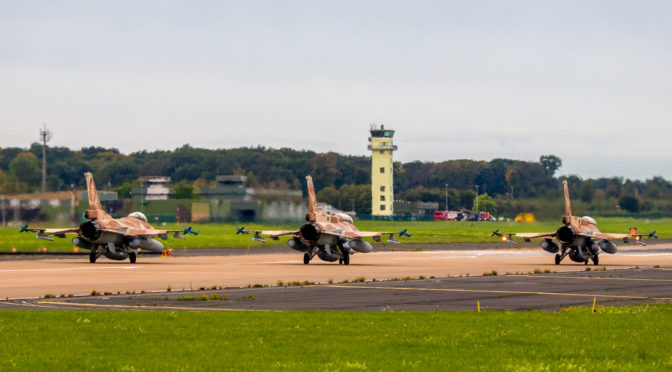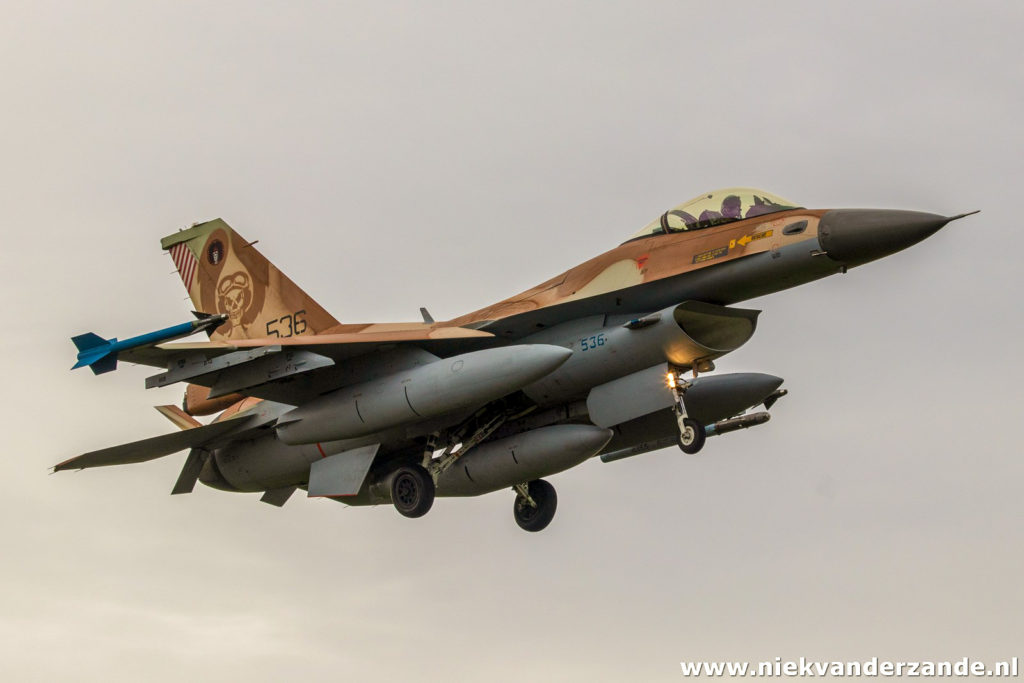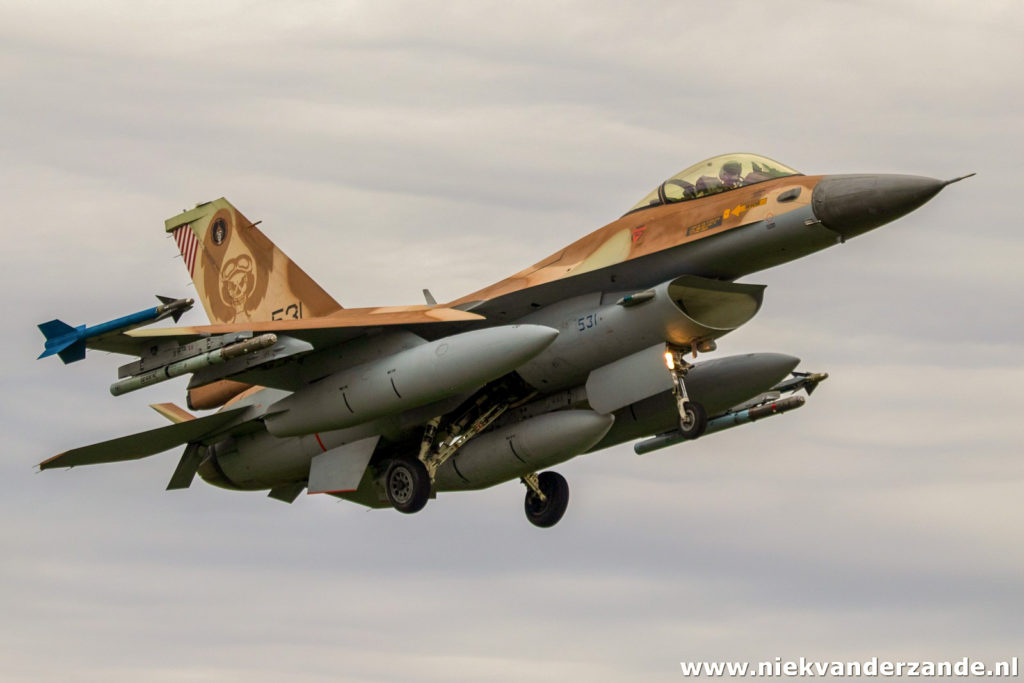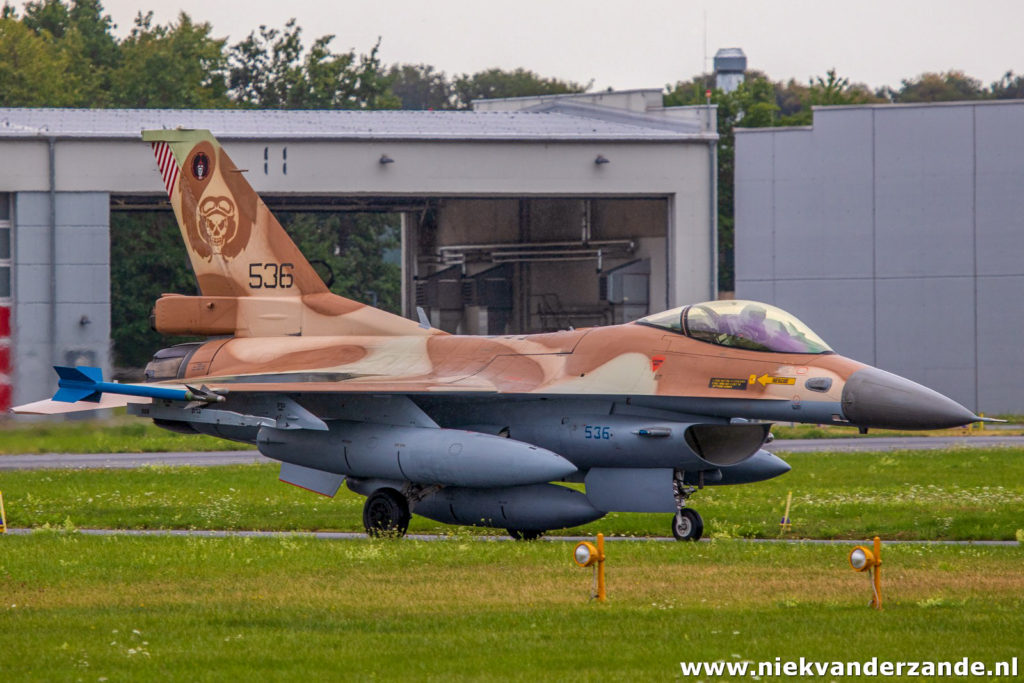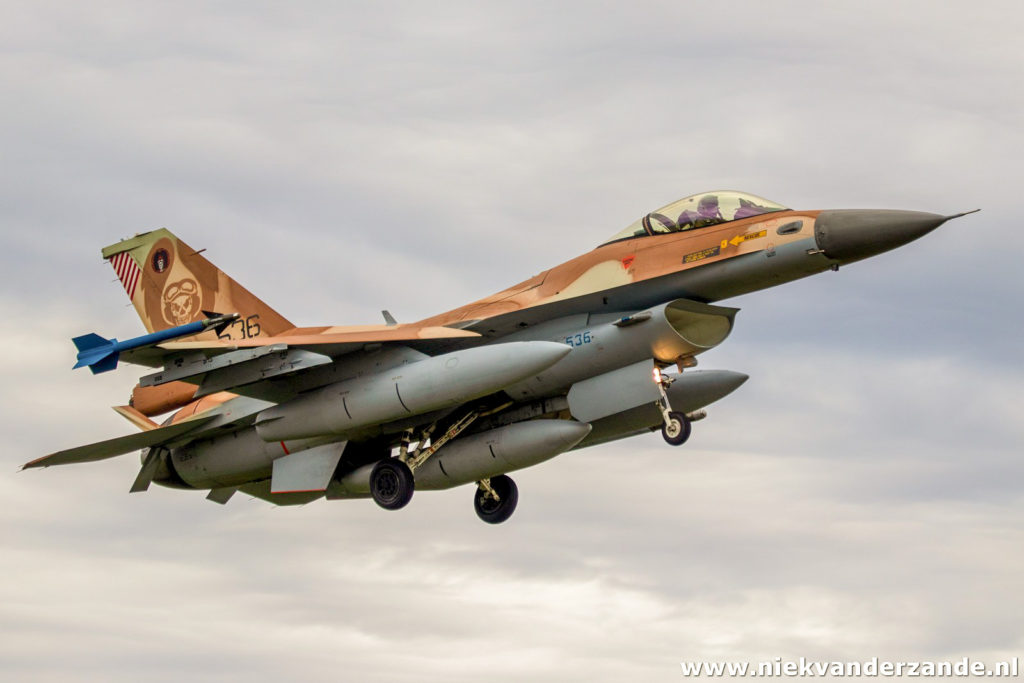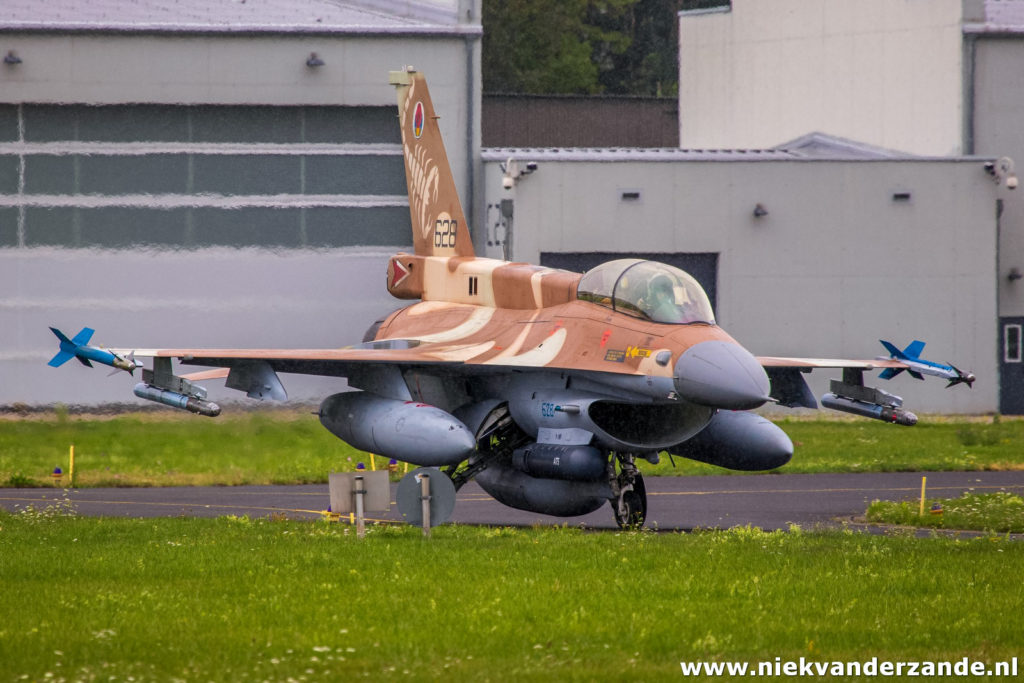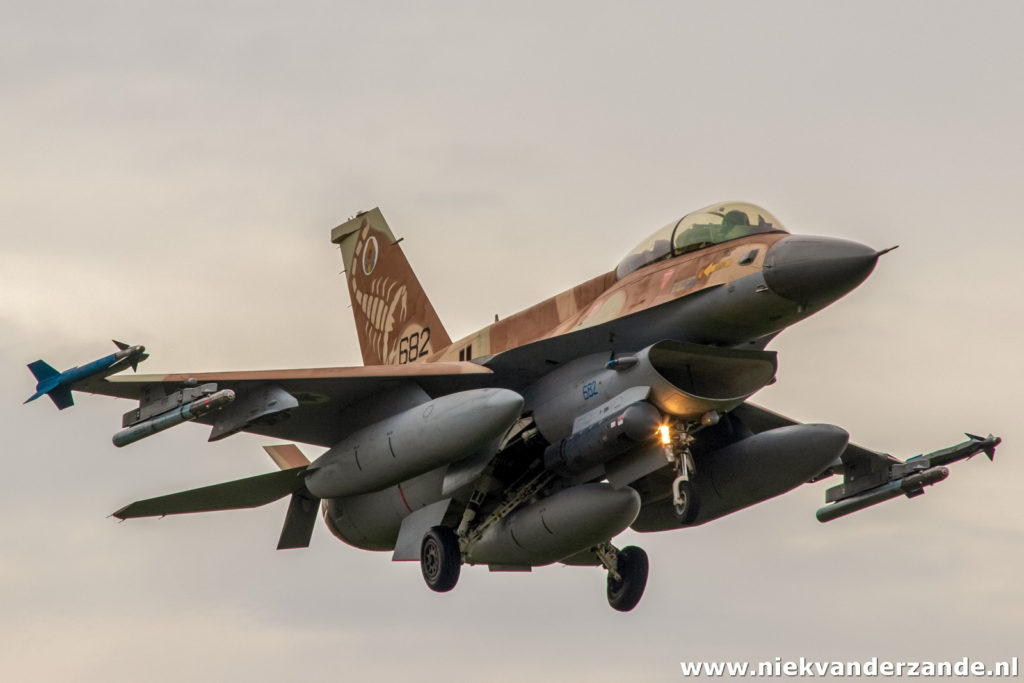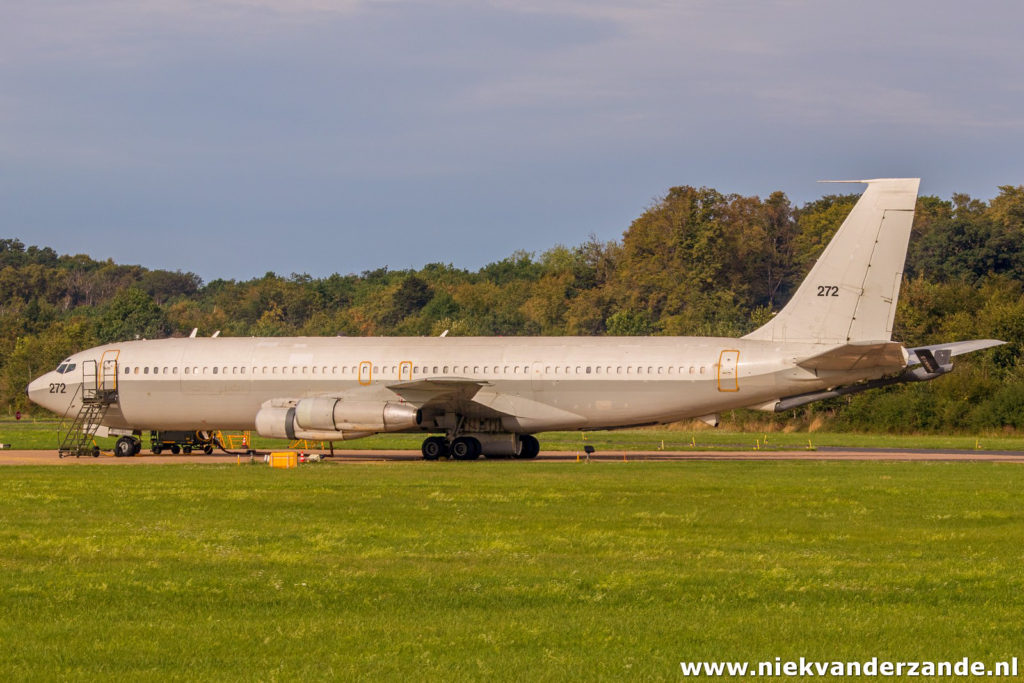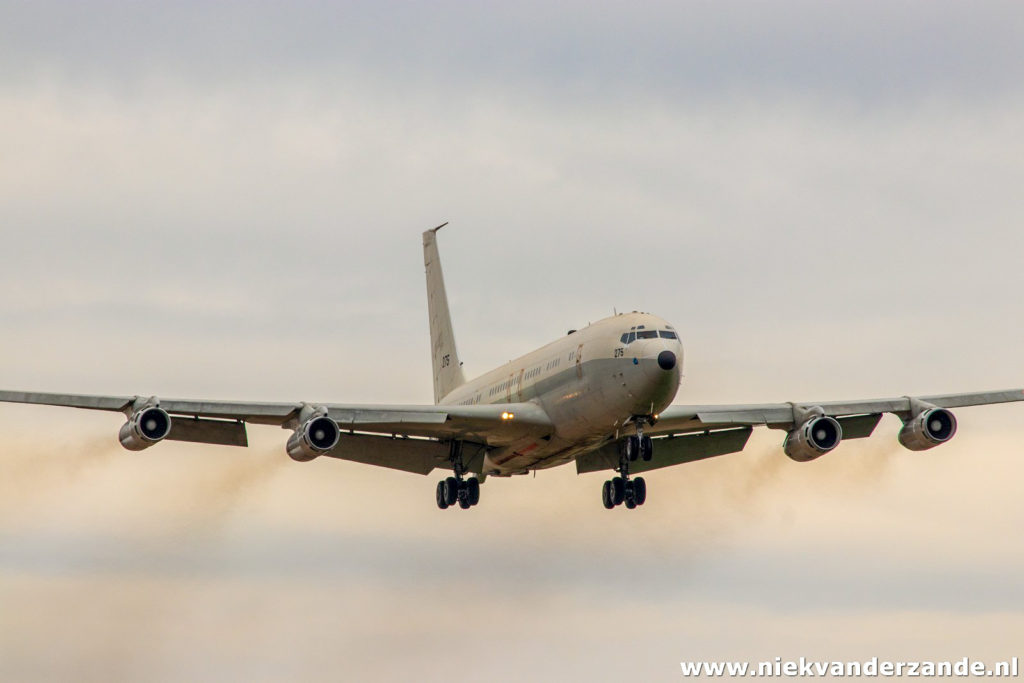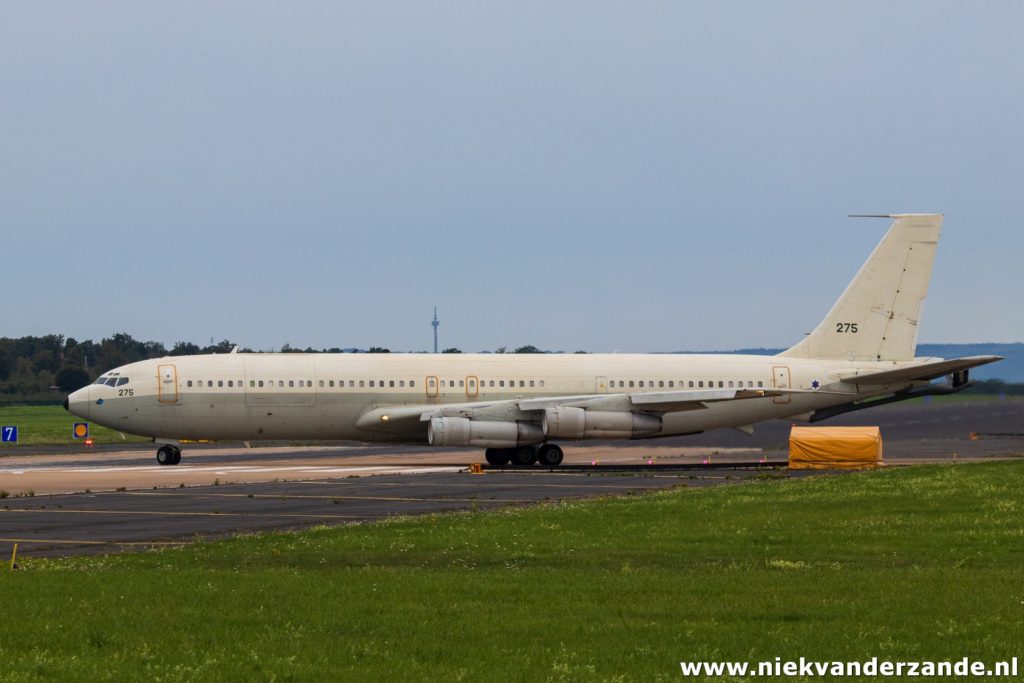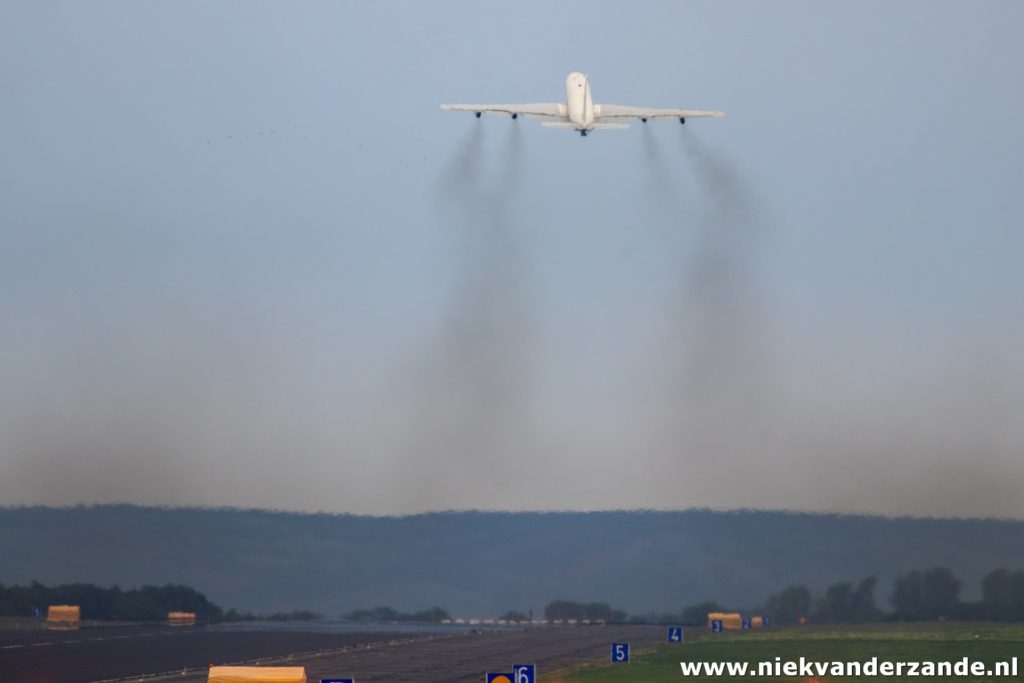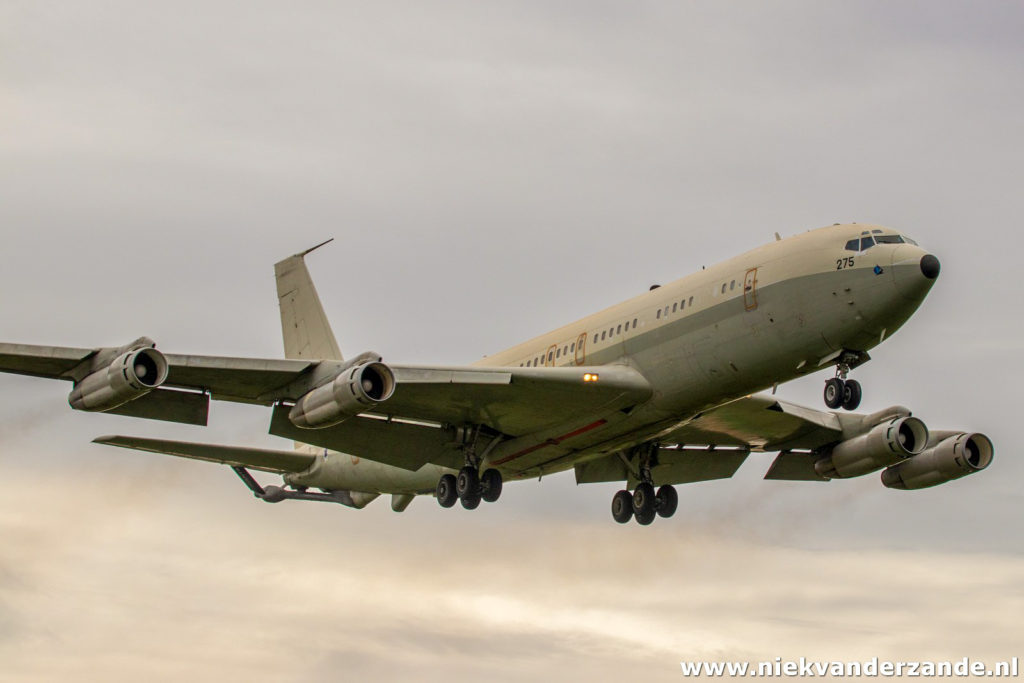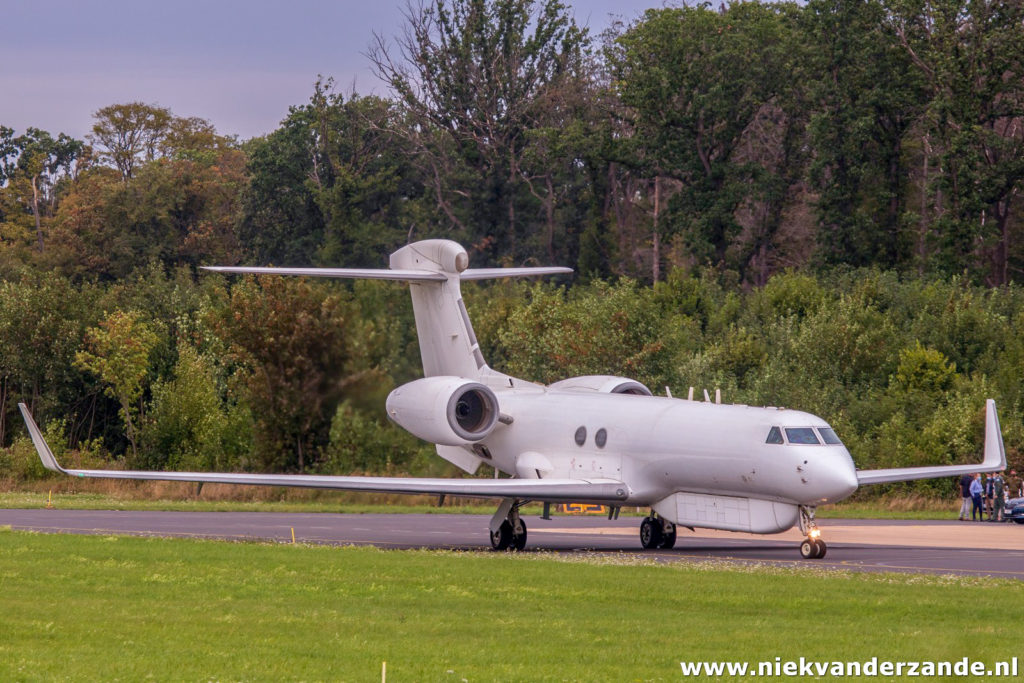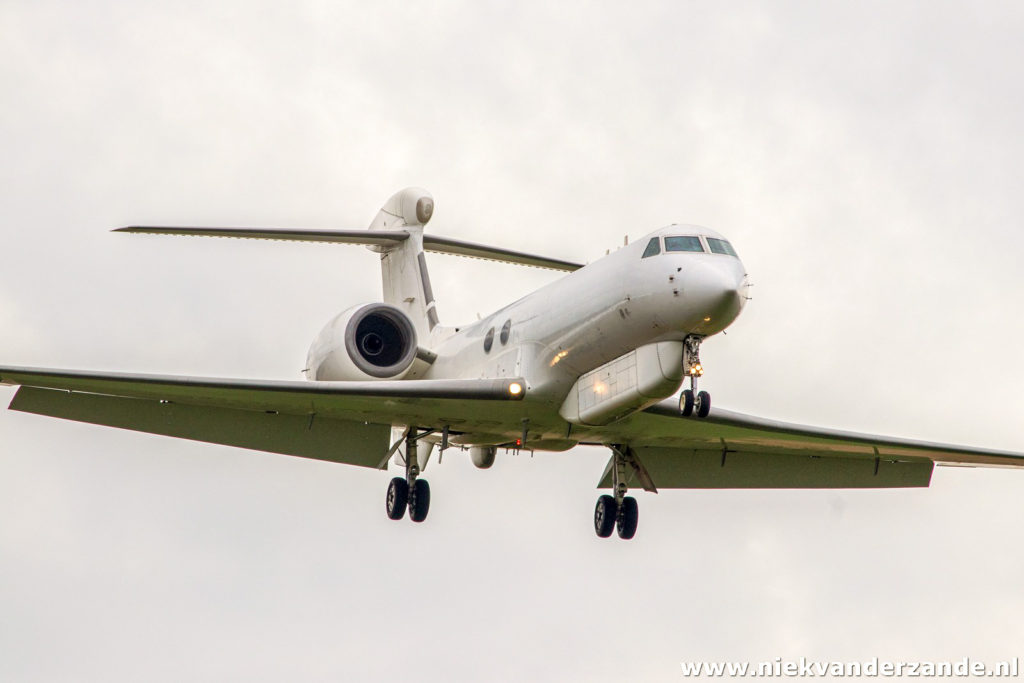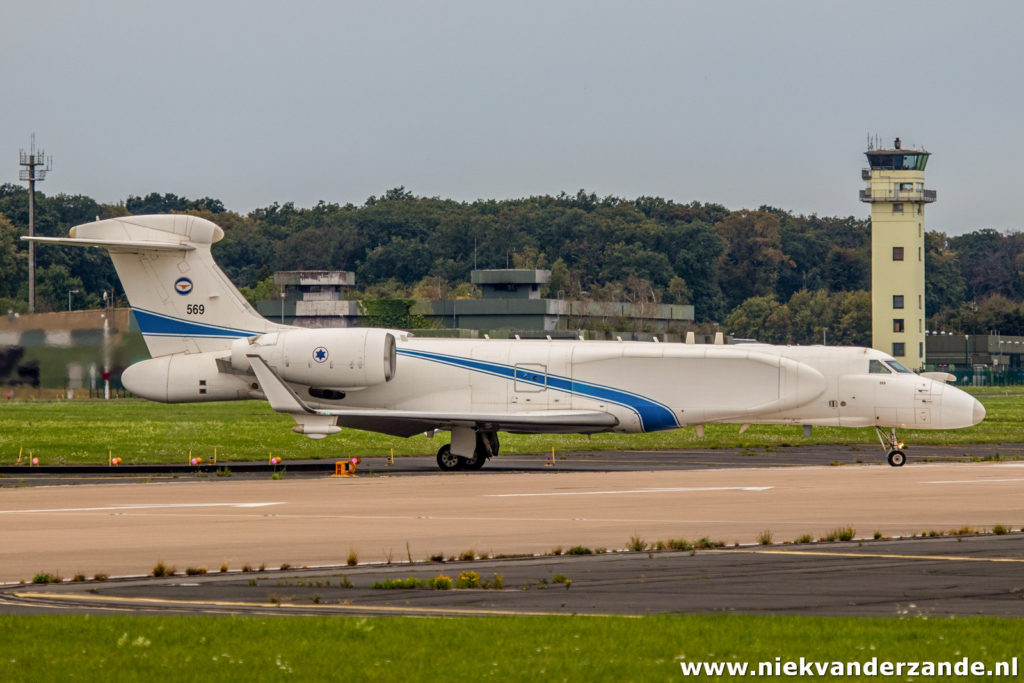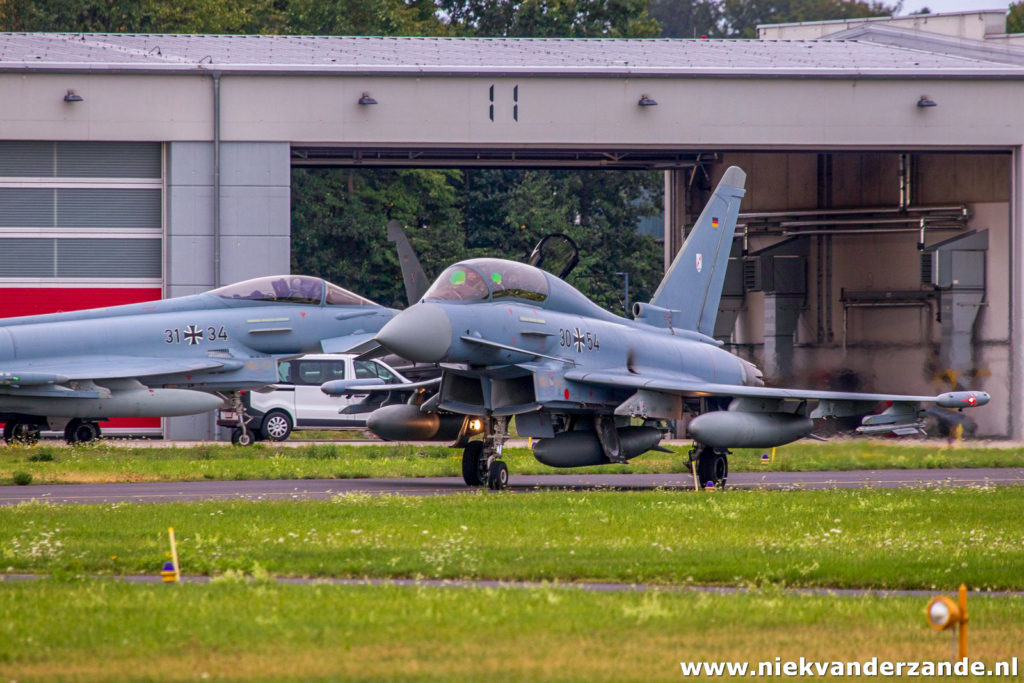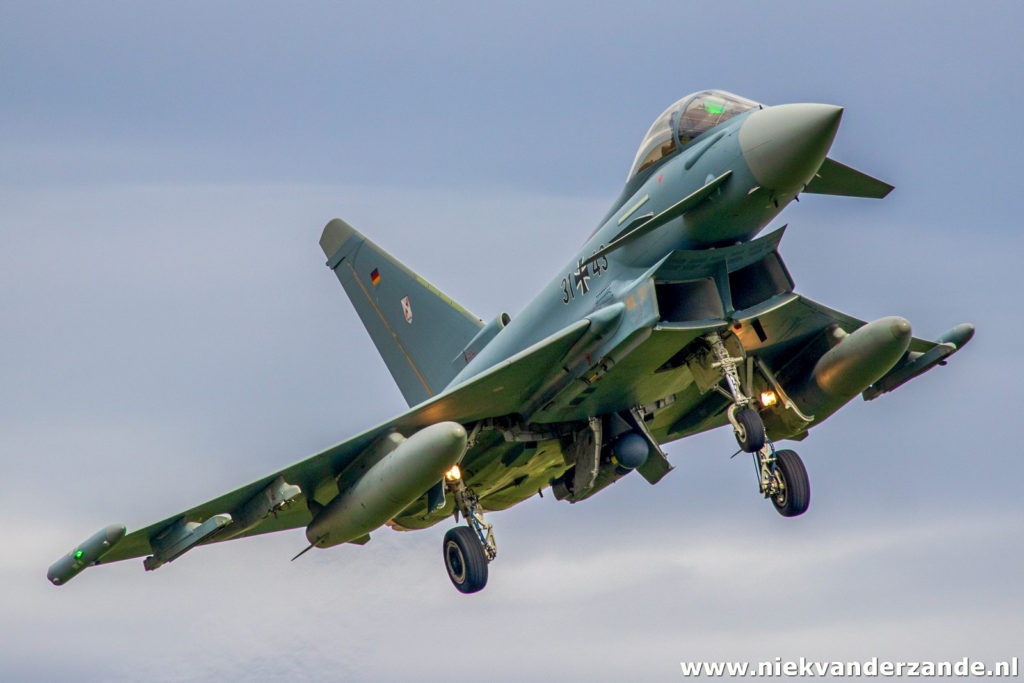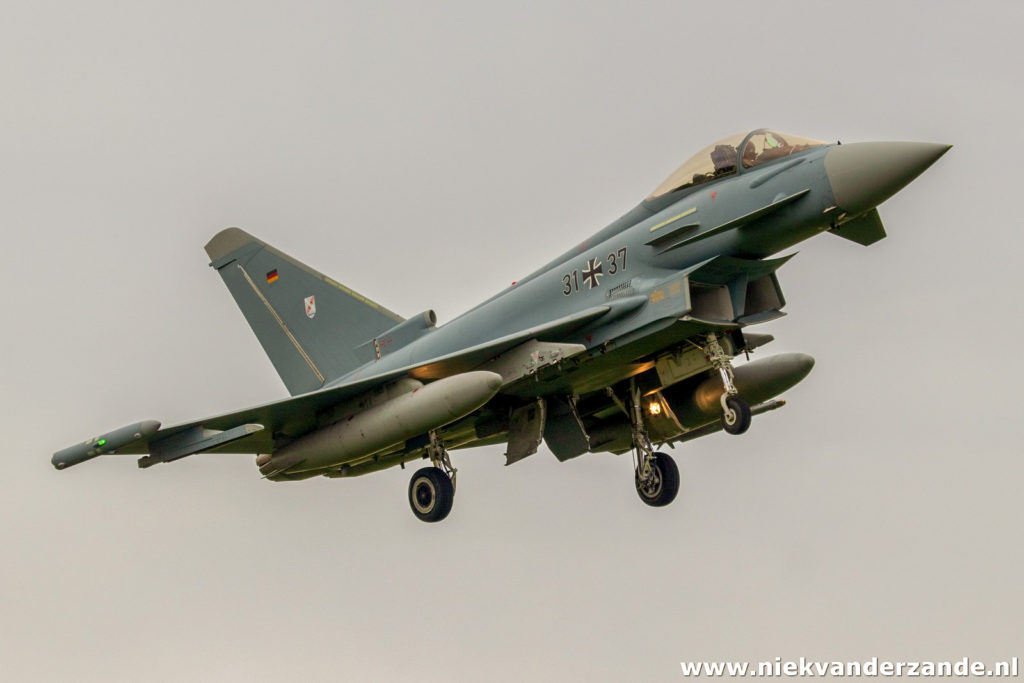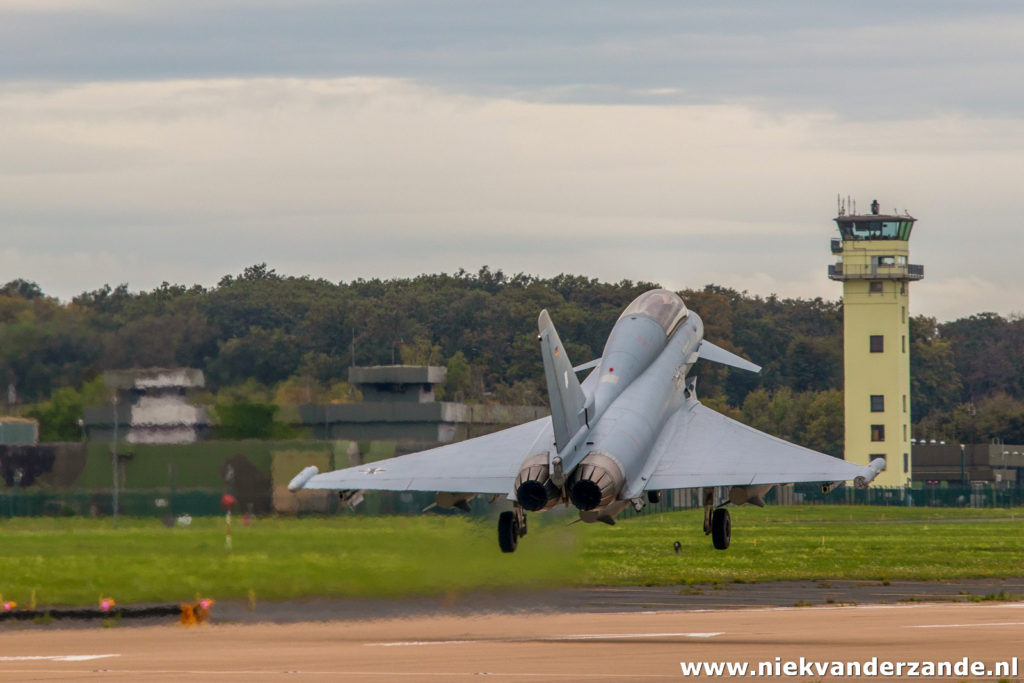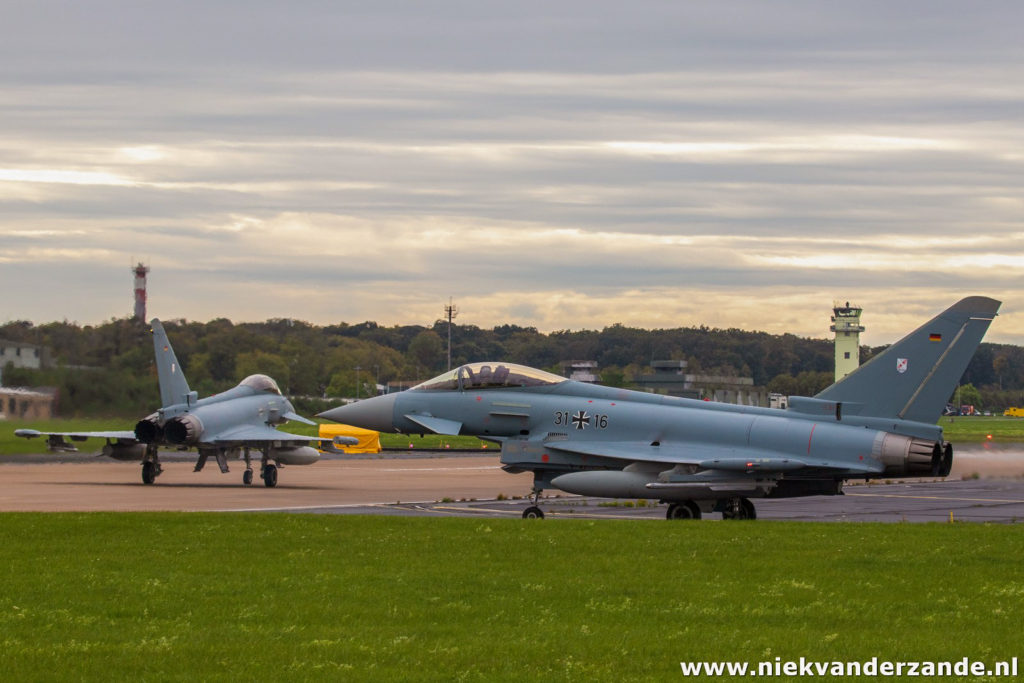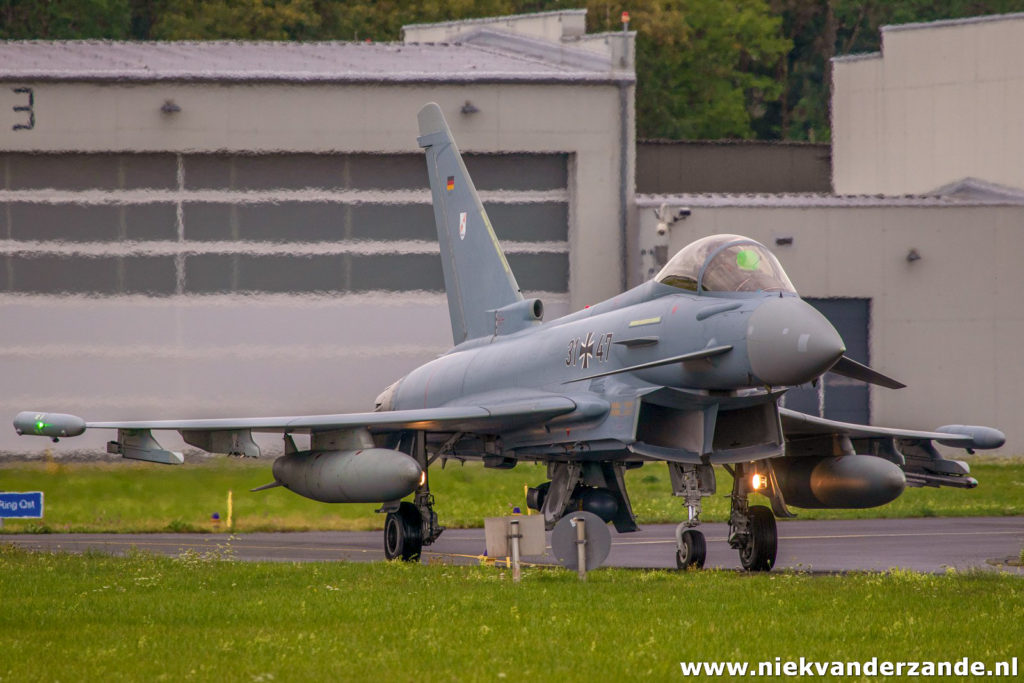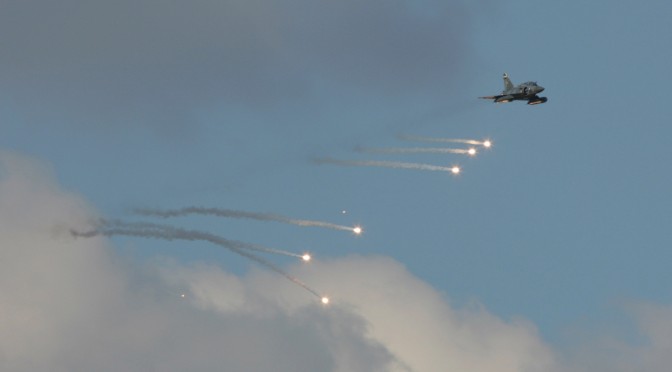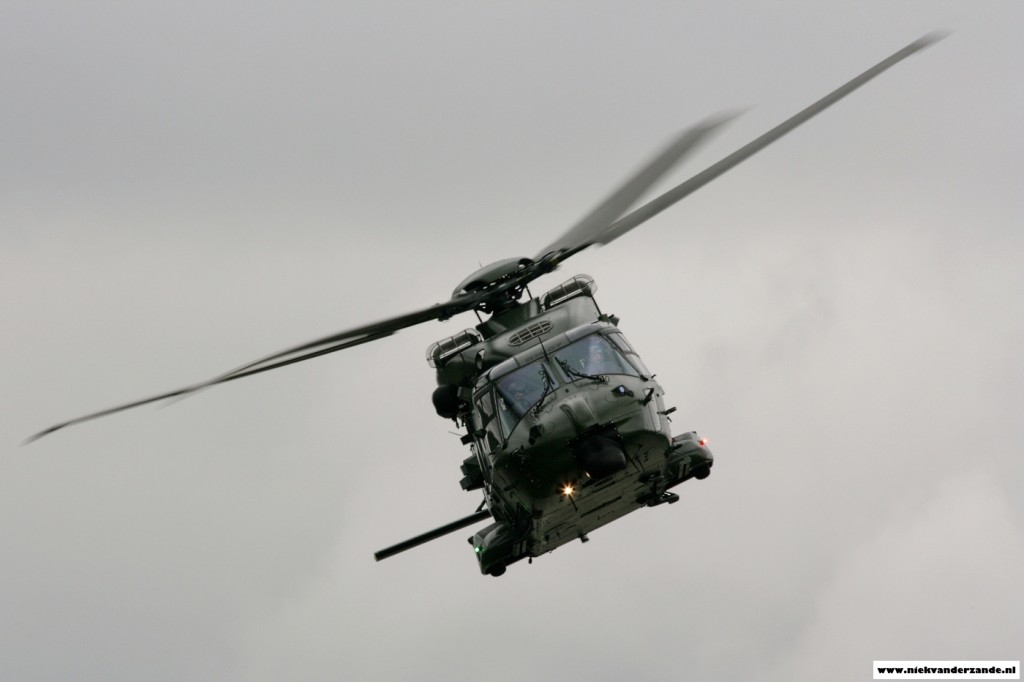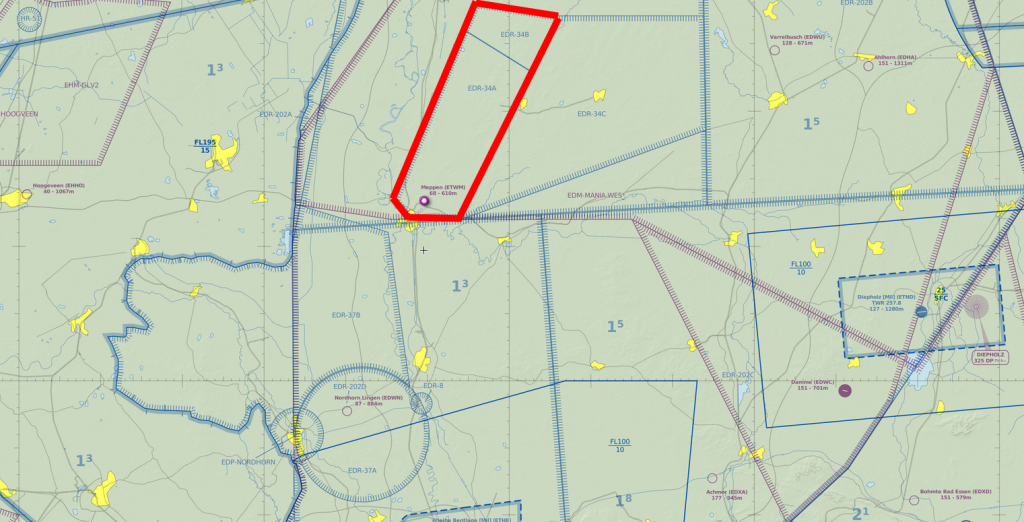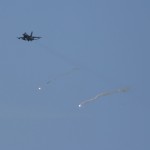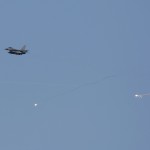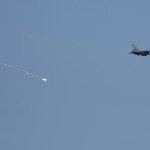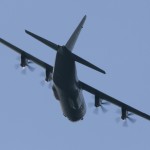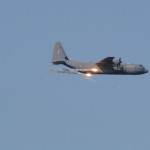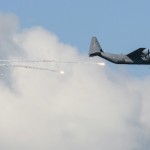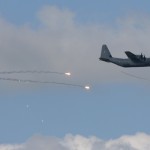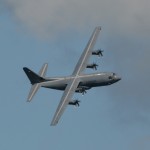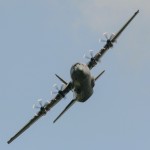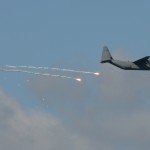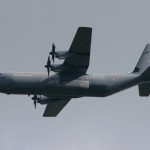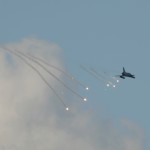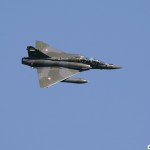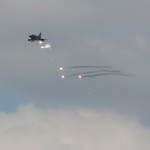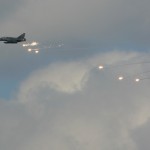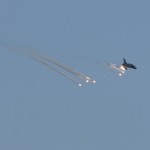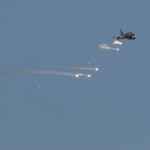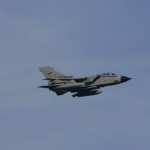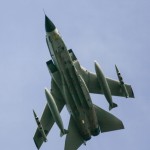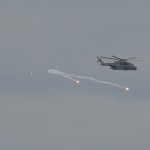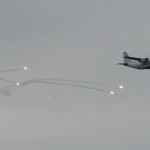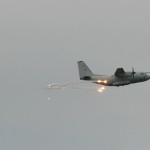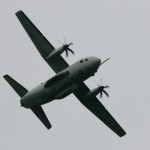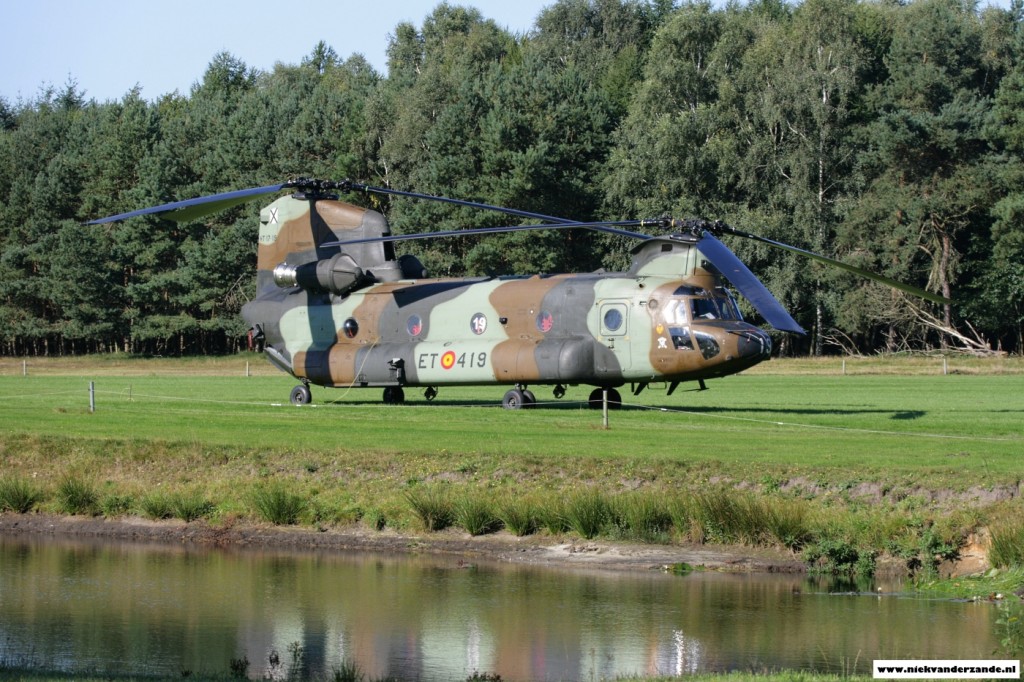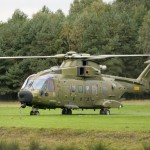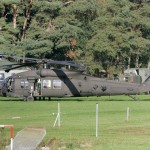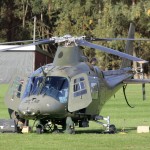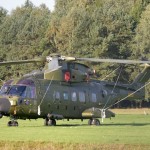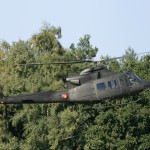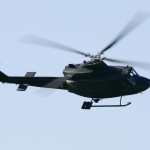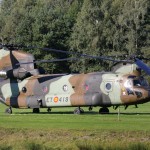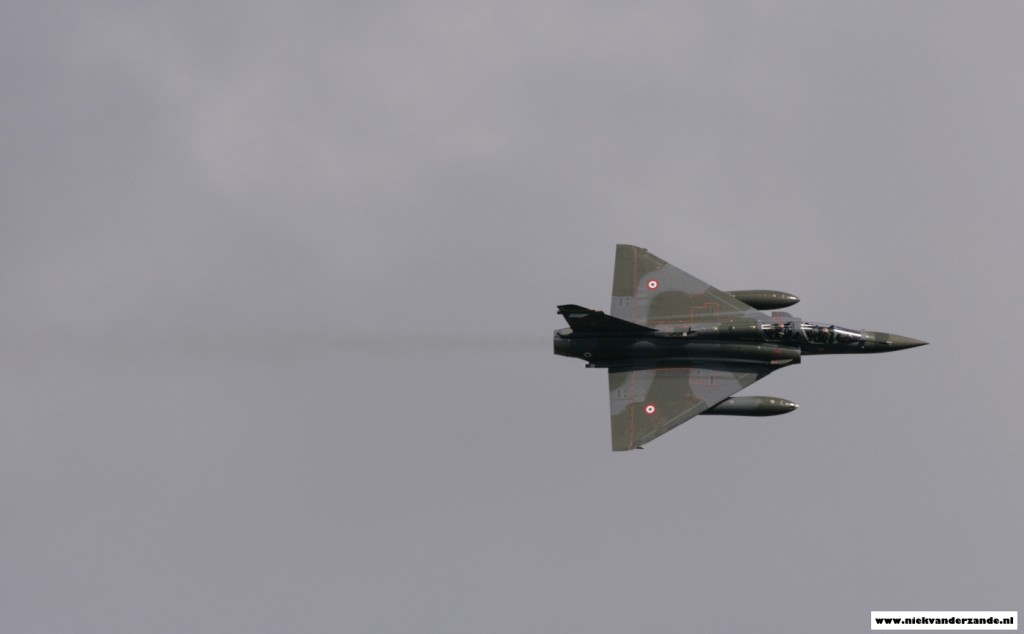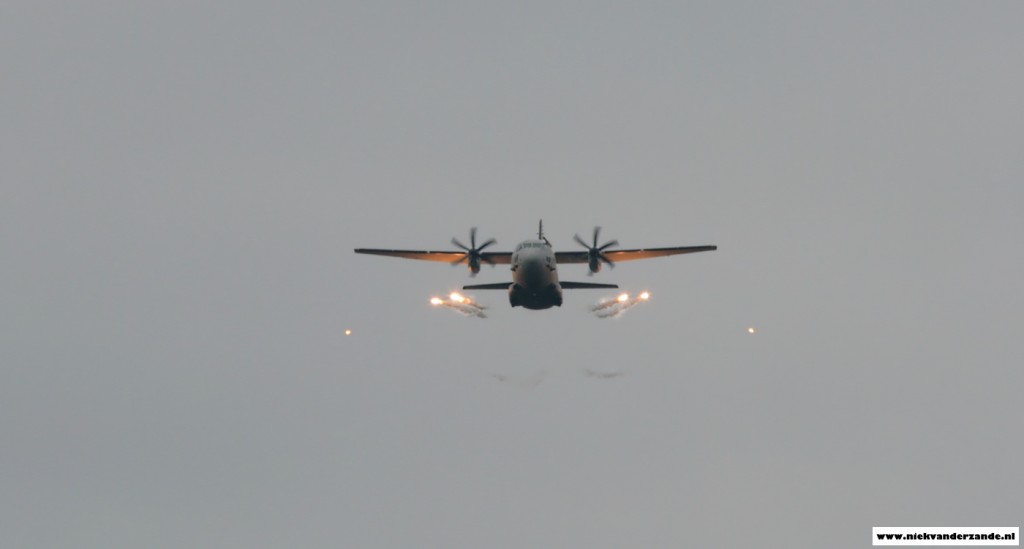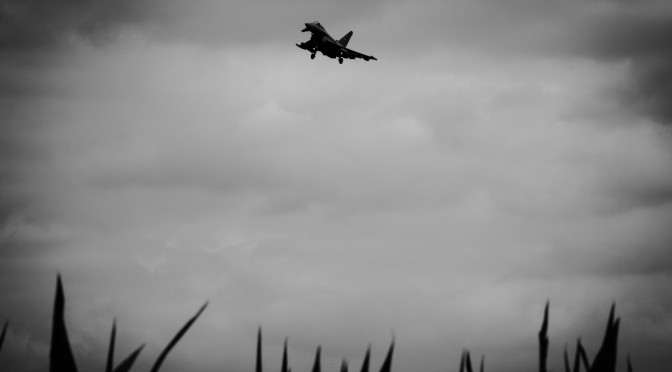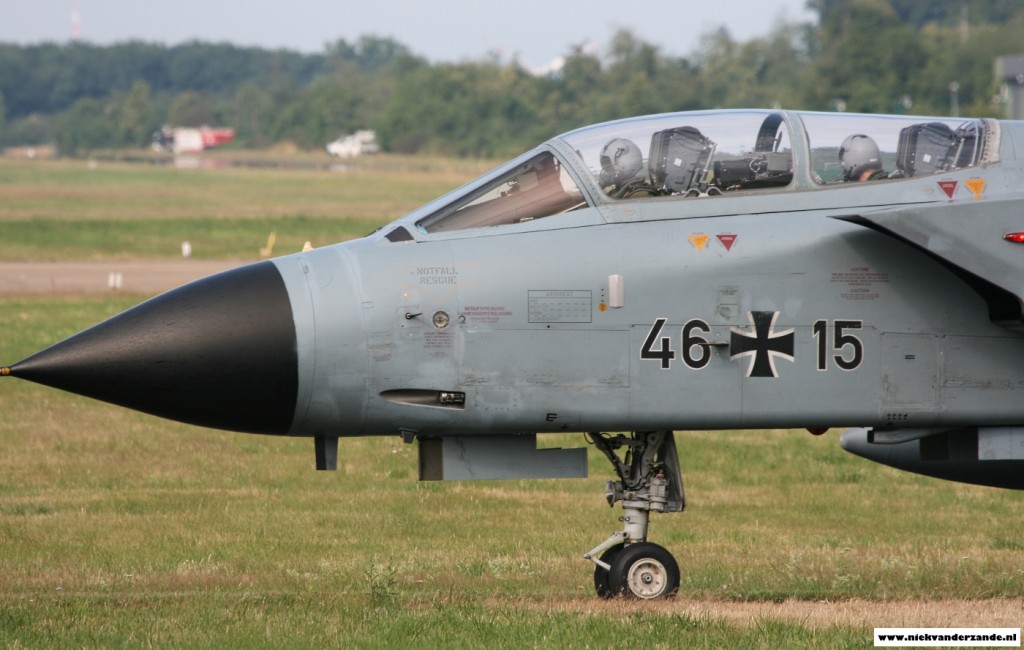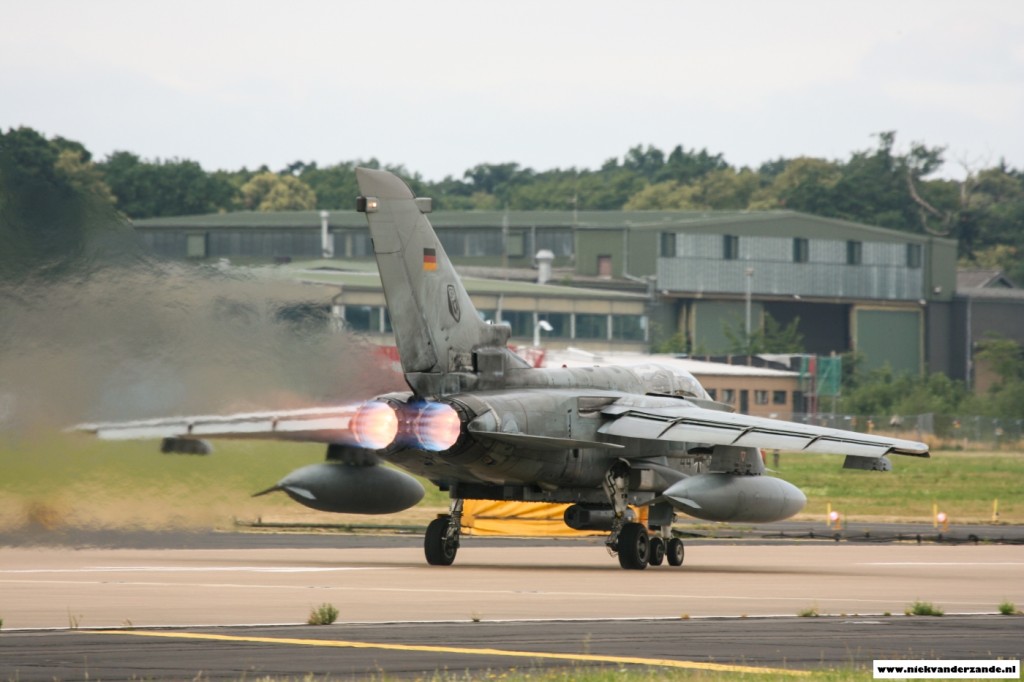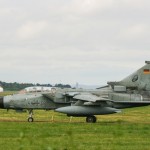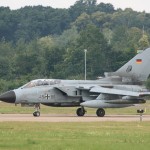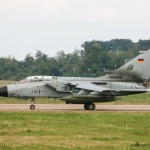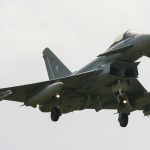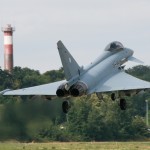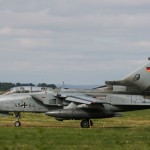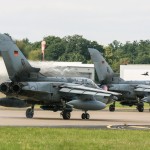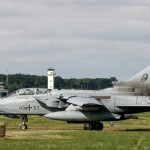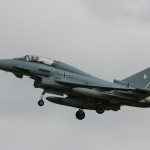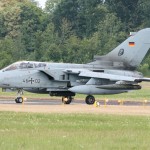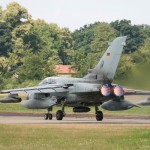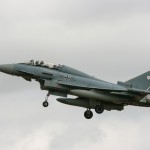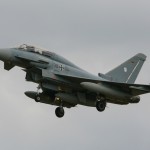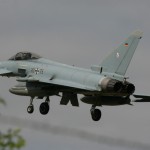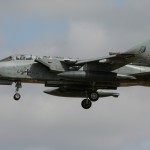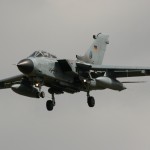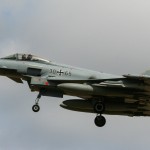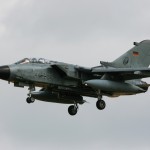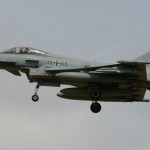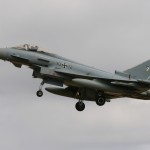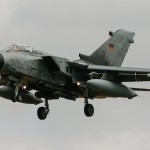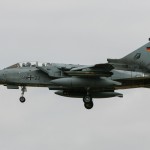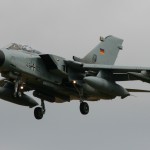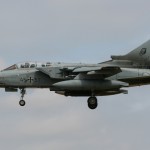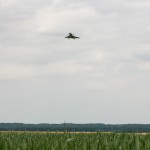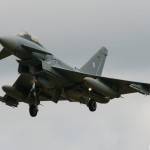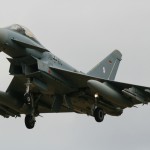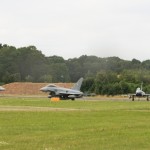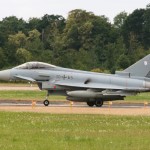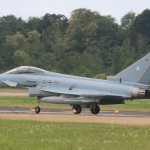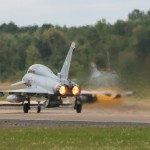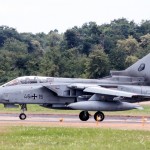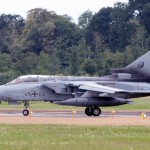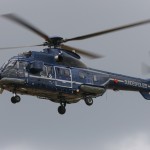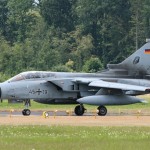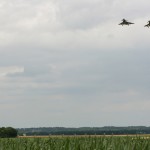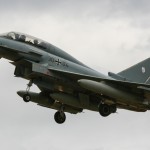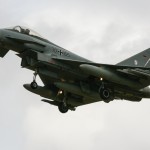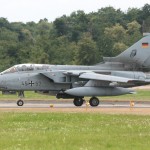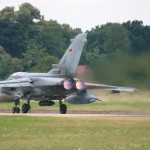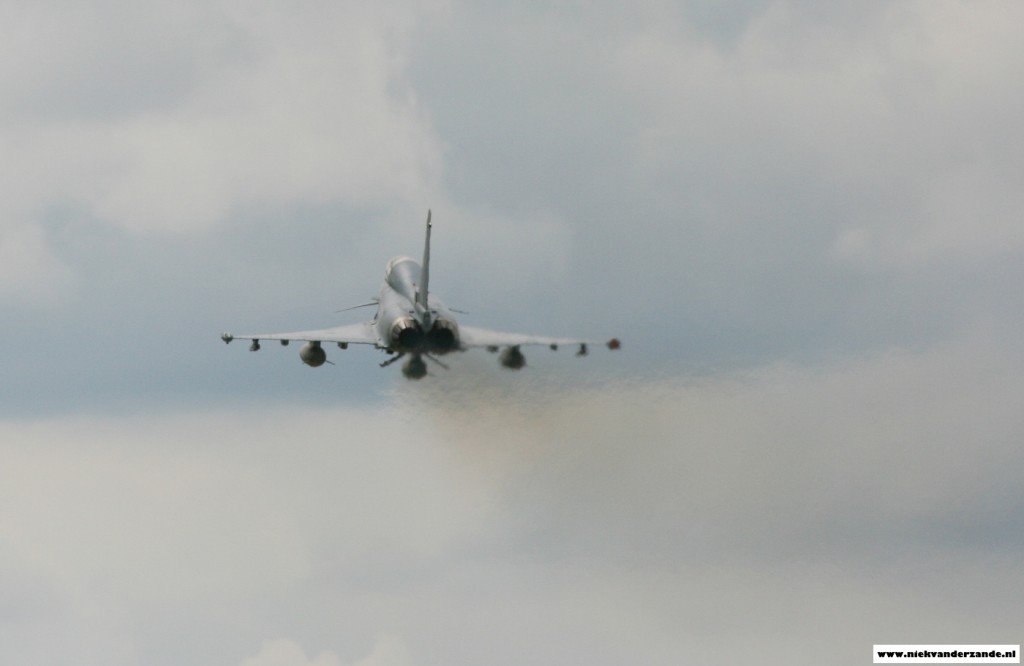In August 2020 a truly unique exercise took place in Germany: Exercise Blue Wings 2020. This exercise marked the first time that aircraft from the German Luftwaffe and Israeli Air Force (IAF) operated jointly in German skies.
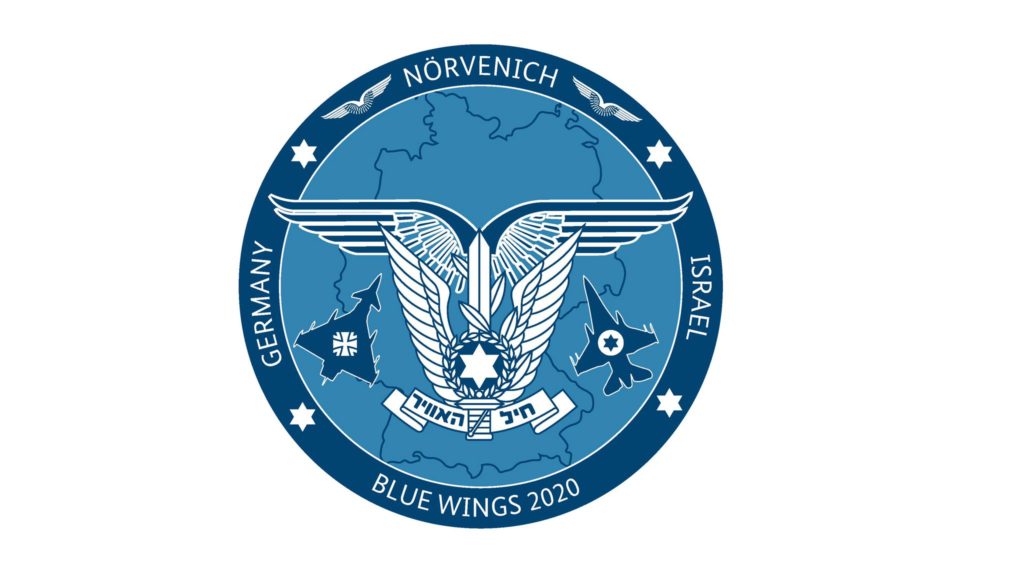
After the Luftwaffe had already taken part twice in Exercise Blue Flag, which took place at IAFs Ovda airbase, it was now time to return the honour. On the 17th of August, a detachment of 180 men and women from several IAF units started the exercise at Nörvenich Air Base, just south of Cologne. Nörvenich is the home of Taktisches Luftwaffengeschwader 31 “Boelcke”, flying the Eurofighter.
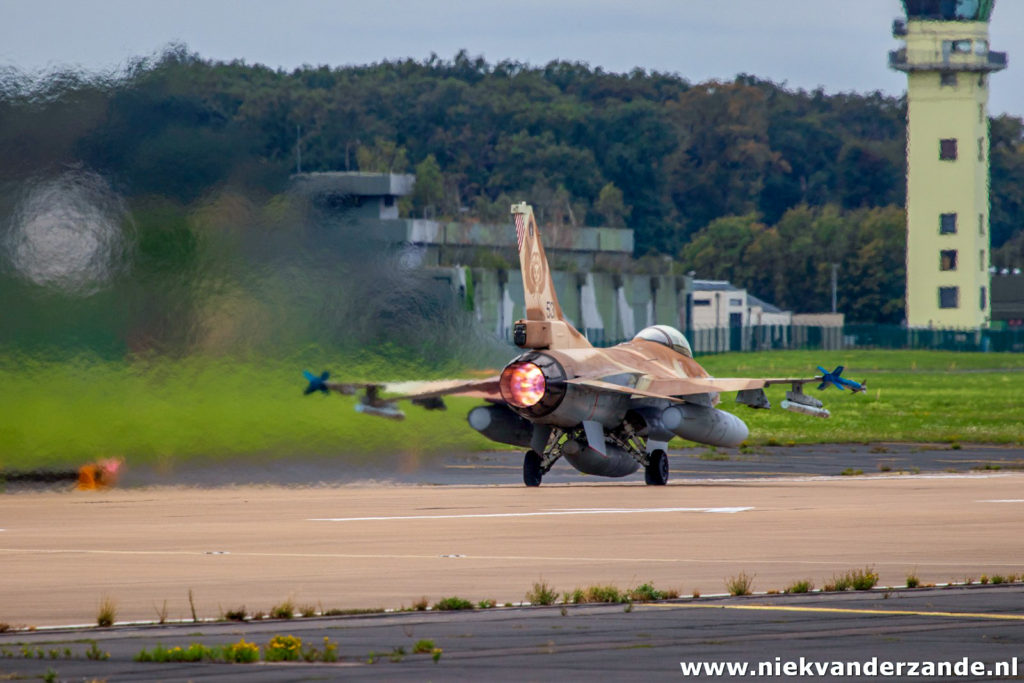
The first week of the exercise primarily consisted of getting to know the airspace in preparation for the “MAG (Multinational Air Group) Days” exercise – an international event that takes place four times a year.
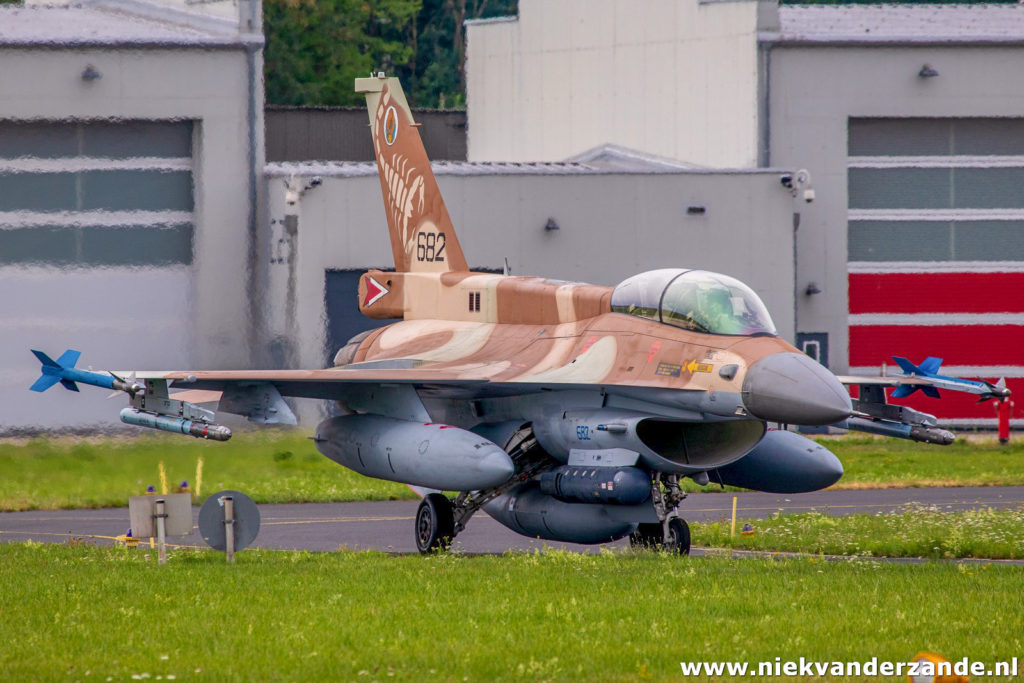
On Tuesday the 18th of August, a mixed formation of German and Israeli aircraft perfromed a fly-by over the sites of Dachau Concentration Camp, in memory of the Holocaust victims, and Fürstenfeldbrück Air Base, in memory of 11 Israeli Olympic delegation members that were murdered in the 1972 Olympics terrorist attack.
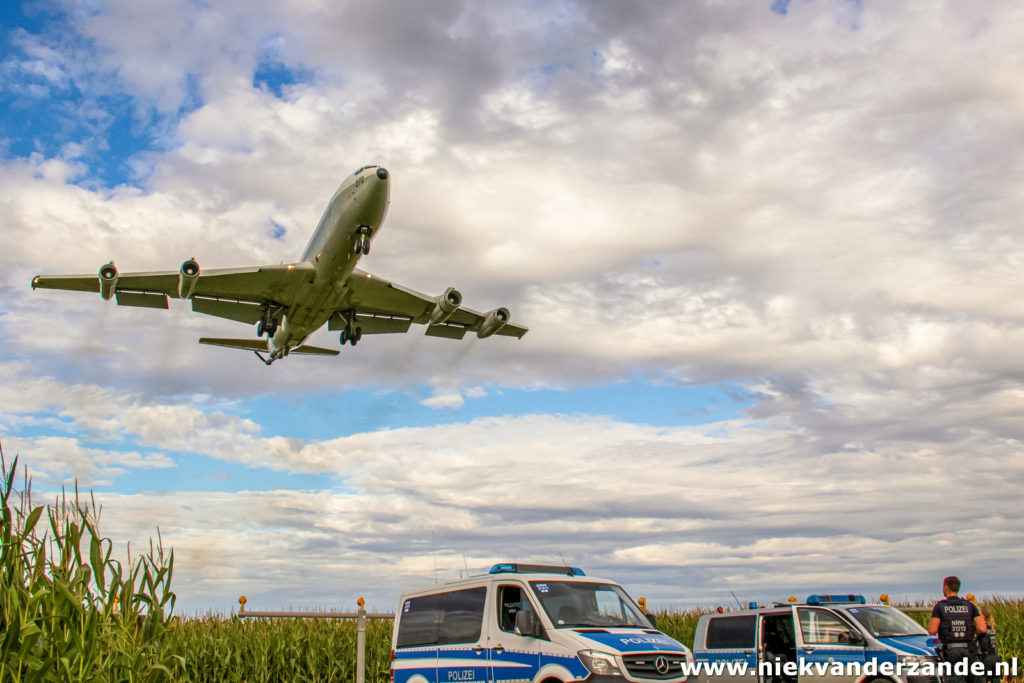
As part of the exercise, six “Barak” (F-16C/D) fighter jets, two “Re’em” (Boeing 707) aircraft, a “Nachshon-Eitam” (Gulfstream G-550) and a “Nachshon-Shavit” (Gulfstream G-V) aircraft landed at the Nörvenich Air Base. The Baraks were flown by members of 101 and 105 Squadrons, both based at Hatzor. The Re’ems were operated by 120 Squadron (nicknamed Giants), normally based at Nevatim. The two Nachshons were both flown by 122 Squadron, also based at Nevatim.
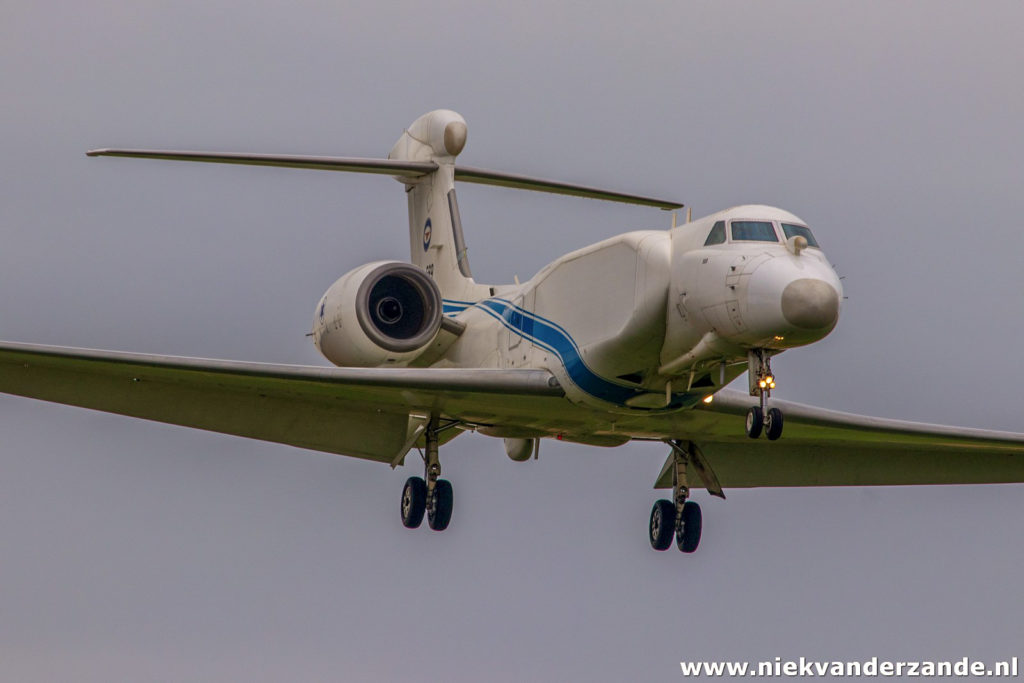
101 Squadron
101 Squadron of the Israeli Air Force, also known as the First Fighter Squadron, is Israel’s first fighter squadron, formed on May 20, 1948, six days after Israel declared its independence. Initially flying the Avia S-199, it has since operated the Supermarine Spitfire, North American Mustang, Dassault Mystere IV, Dassault Mirage IIICJ, IAI Nesher and IAI Kfir. It currently operates out of Hatzor Airbase, flying the F-16C Fighting Falcon.
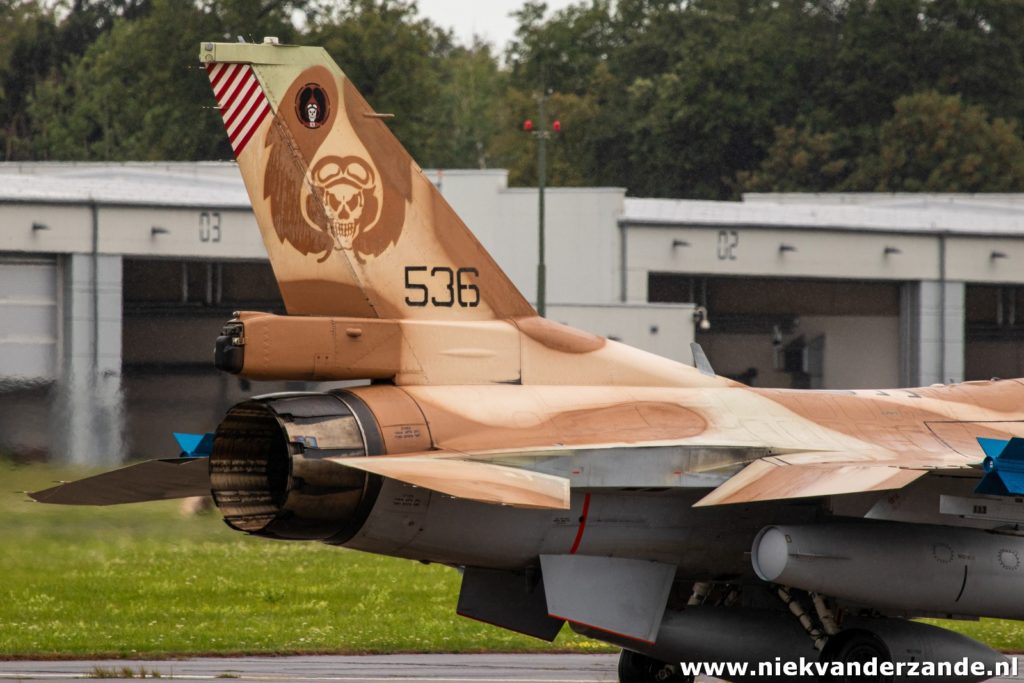
105 Squadron
The 105 Squadron of the Israeli Air Force, also known as The Scorpion, was founded in December 1950 as a Spitfire squadron and has since operated the P-51 Mustang, Dassault Super Mystere, IAI Sa’ar, and F-4 Phantom II. It currently operates F-16Ds at Hatzor Airbase.
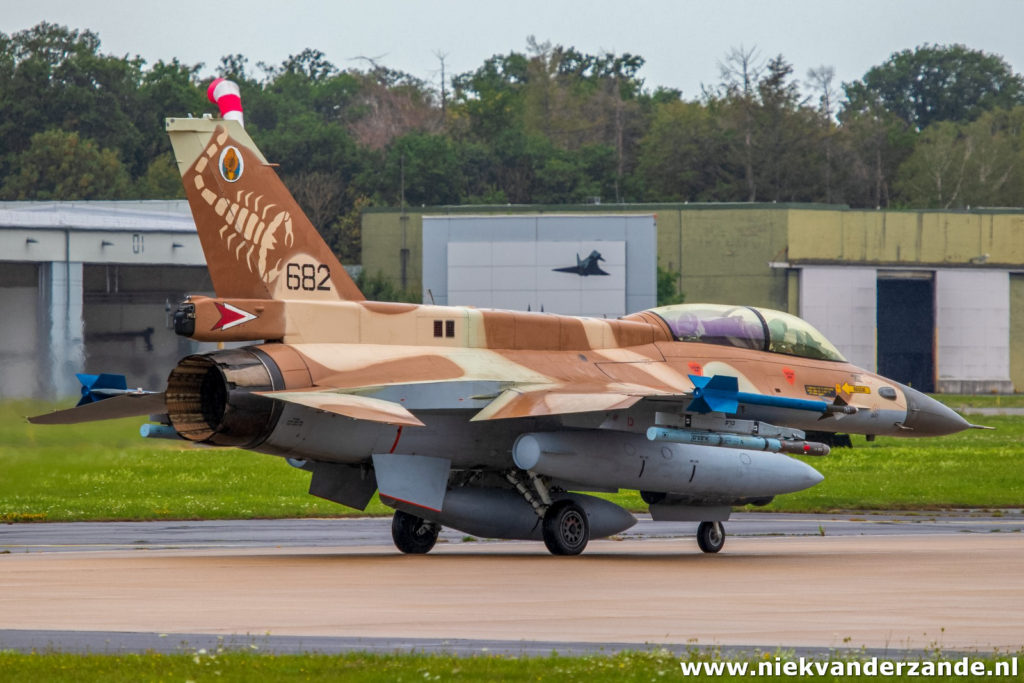
120 Squadron
The 120 Squadron of the Israeli Air Force, also known as the Desert Giants (former International Squadron), is a Boeing 707 Phalcon and KC-707 Re’em squadron based at Nevatim Airbase. Eventually the KC-707s will be replaced with newly ordered KC-46s.
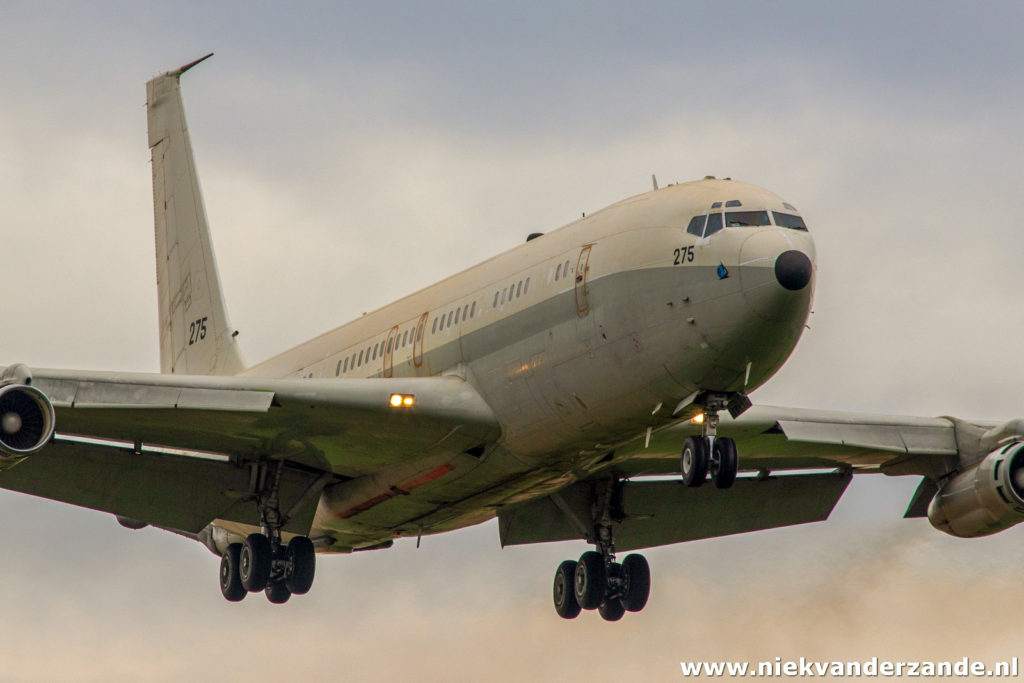
122 Squadron
The 122 Squadron of the Israeli Air Force, also known as the Nahshon Squadron (former Dakota Squadron), is a G550 squadron based at Nevatim Airbase. The Squadron has five G550 (G550 “Nachshon-Eitam” and G-V (“Nachshon-Shavit”) with two aircraft are used for Airborne early warning and control (CAEW or Conformal Airborne Early Warning, IAI EL/W-2085) and three are used for Signals intelligence (SEMA or Special Electronic Missions Aircraft).
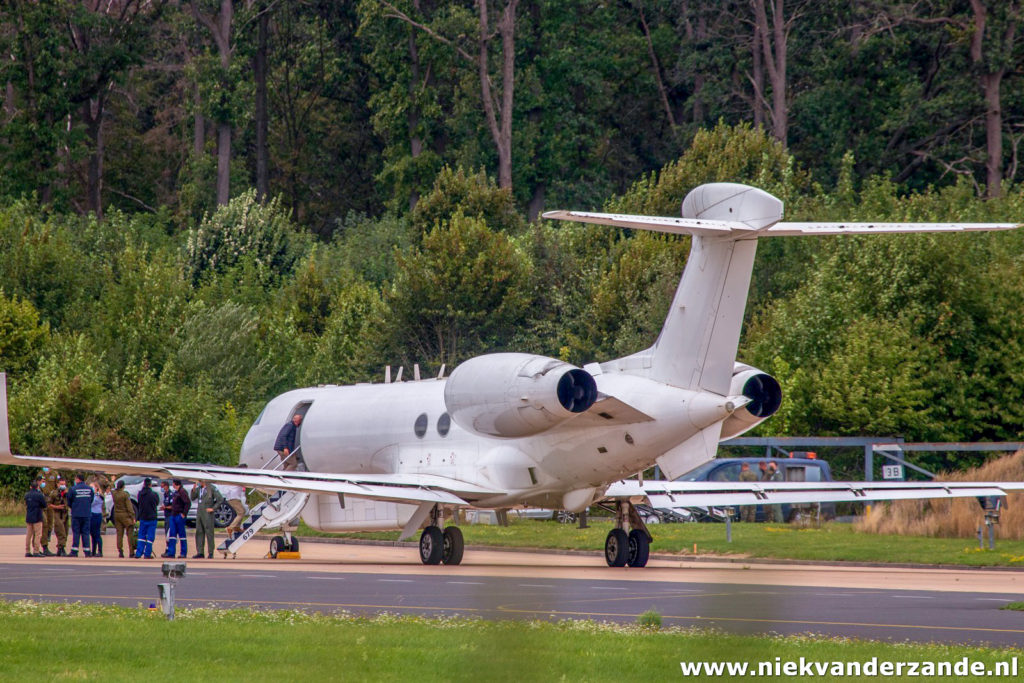
TLG 31 “Boelcke”
The Tactical Air Force Wing 31 “Boelcke” is one of four Eurofighter squadrons. With the fighter jet, the squadron makes its contribution to alliance and national defense. This mission includes ensuring air combat capability and establishing the Eurofighter’s air-to-ground capability for the Air Force. The squadron develops procedures and training principles for pilots and technicians for all German Eurofighter associations in order to establish the air-to-ground capability of the fighter jet.
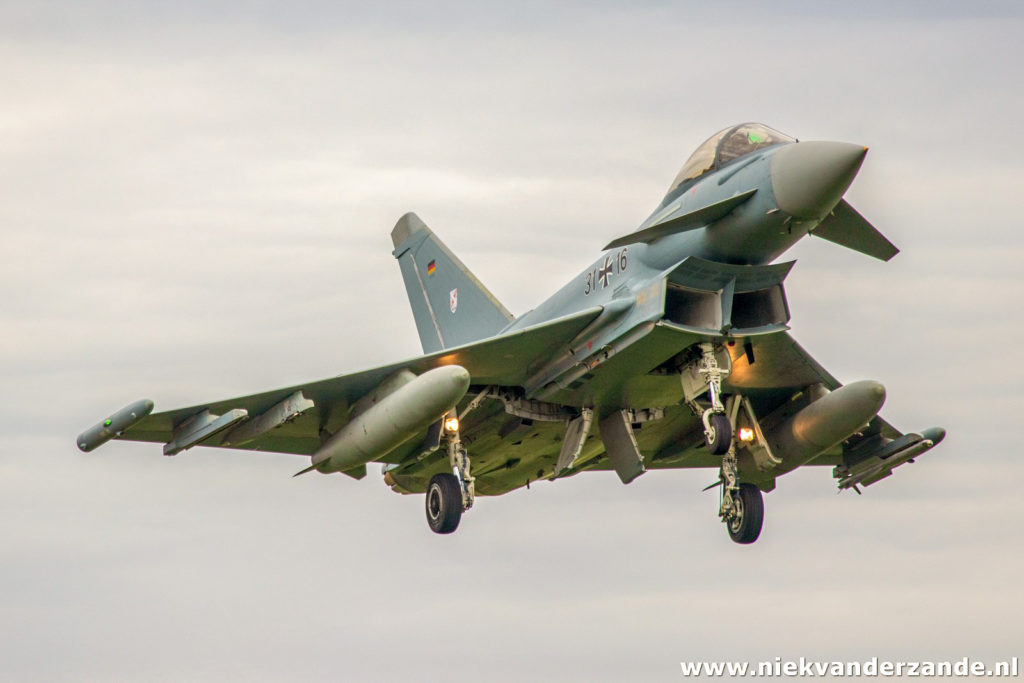
Sources: Luftwaffe, Israeli Air Force, Wikipedia, Scramble

